with a focus on:
HEART HEALTH
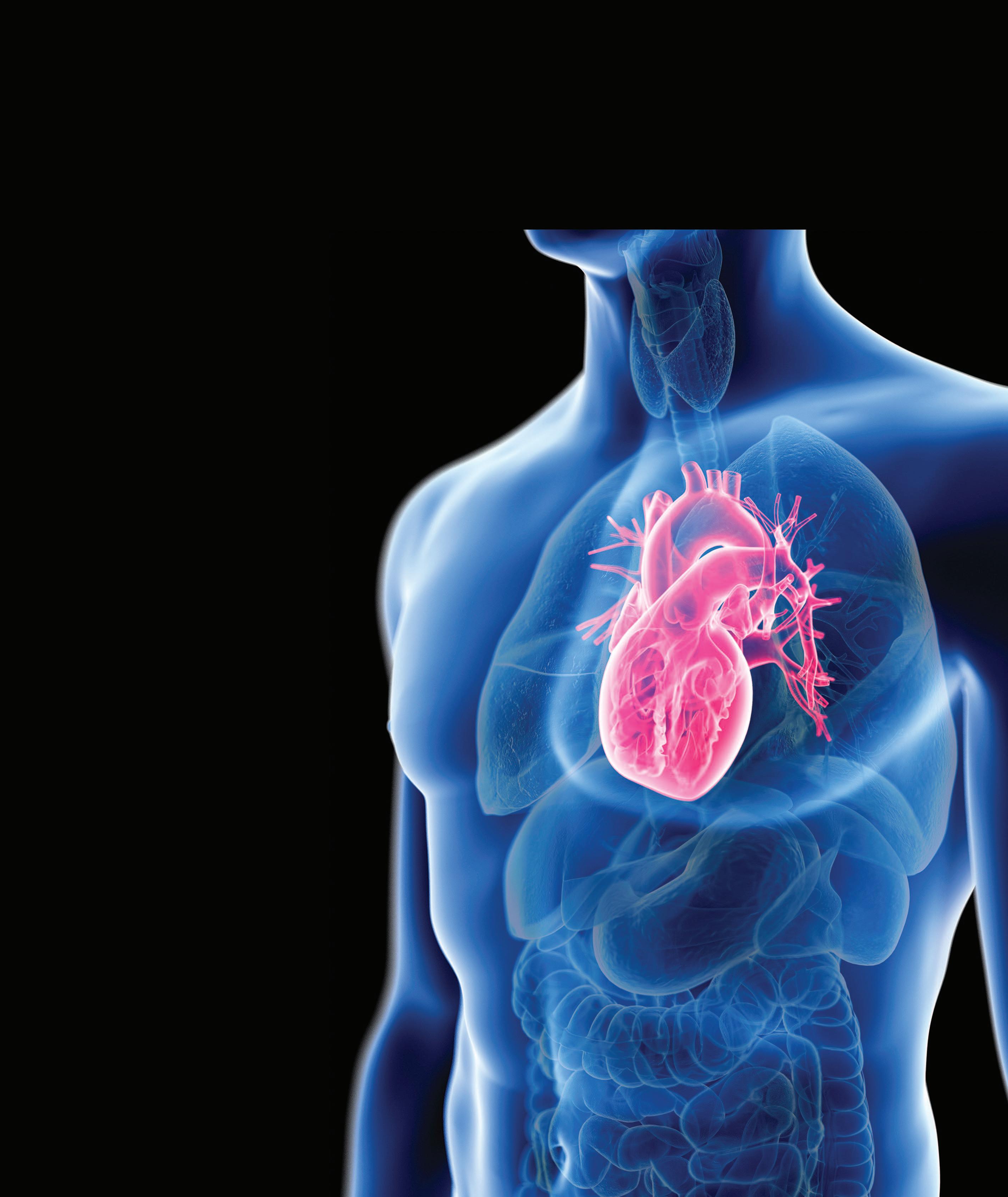
yourHEALTH

A HEART AS EXCEPTIONAL AS YOURS DESERVES THE NATIONALLY RECOGNIZED CARE AT ST. FRANCIS HEART CENTER


AND NOW, IT'S CLOSER THAN EVER









Our unmatched care is now available in more locations, so your heart is always in the right place.

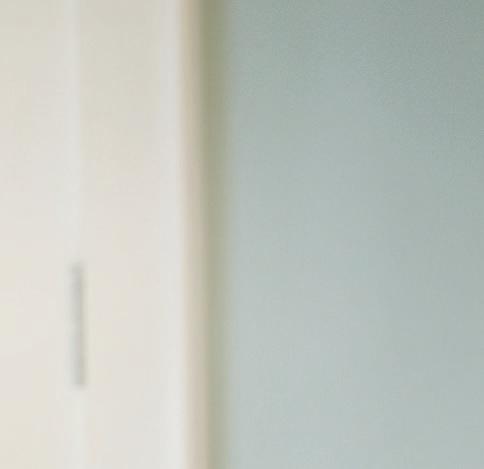






St. Francis Heart Center is now available at more Catholic Health practices and hospitals across Long Island, including Good Samaritan University Hospital, Mercy Hospital, St. Catherine of Siena Hospital and St. Joseph Hospital. This means you have easier access to the most advanced treatments for cardiac diagnostic and therapeutic interventions, no matter where you live on the island.
For a location near you, visit chsli.org/heart
How much salt is too much?
Heart of the matter
The beat goes on
February — the shortest month of the year — is the month of St. Valentine’s Day and the month of love. For many, February can bring it with some anticipation and even exasperation. What do you get for your sweet honeybee? What’s the perfect gift? What if you don’t have anyone to celebrate with?

Well, fear no more, because not only is February the month of love but it’s the month of loving yourself — American Heart Month. Give yourself and your loved ones the greatest gift this American Heart Month — and all year long — by focusing on making heart-healthy decisions towards a happier and healthier lifestyle.
Understanding Heart Disease
According to the Mayo Clinic, heart disease applies to a range of various diseases which affect the heart. Such conditions include blood vessel diseases, coronary artery issues, heart rhythm problems and congenital heart defects (among others).
“Heart disease” is a term often used synonymously with “cardiovascular disease,” which generally refers to conditions that include narrowed or blocked blood vessels. Blood vessel diseases can often lead to a heart attack, chest pain or even stroke. Despite the variation of heart disease a person has, it usually carries very serious side effects.
It is the leading cause of death for men and women in the United States. In fact, according to the U.S. Department of Health and Human Services, 1 in 4 deaths are caused by heart disease every year.
Nearly half of adults in the United States — more than 121 million people — have some type of cardiovascular disease. The Centers for Disease Control and Prevention says it is the leading cause of death among men and women in the United States; nearly 650,000 die from it every year and, heart disease is preventable 80 percent of the time.

Certain minority groups, including Blacks and Latinos/ Latinas, are also at higher risk due to genetic predisposition, diet, lifestyle factors, and socioeconomic factors. However, illness in any population can be prevented by taking simple steps towards a healthier lifestyle.
Women especially are affected by heart disease, with their statistics being even higher. According to the American Heart Association, a woman dies by heart disease and stroke every 80 seconds. That’s 1 in 3 deaths every
year. Thankfully, American Heart Month is taking steps to put a stop to this.
Go Red

Don’t become a statistic. American Heart Association recommends you Go Red:
• Get your numbers by asking your doctor to check your blood pressure, cholesterol and glucose.
• Own your lifestyle and commit to stop smoking, exercise consistently and eat healthy.
• Raise your voice and advocate for more cardiovascular disease research and education.

• Educate your family and friends by making healthy food choices. Take time to teach those in your life the importance of staying active and monitoring their hearts.
• Donate. Commit to a better future for our nation by showing support with your time or money.
Adults with heart disease are also at increased risk of severe illness from Covid-19. According to the American Heart Association, Covid-19 patients with underlying conditions including cardiovascular disease are six times more likely to be hospitalized and 12 times more likely to die than patients without any chronic health problems. About one in three people with Covid-19 has cardiovascular disease, making it the most common underlying health condition.
Cardiologists encourage people in these high-risk groups to get their full dose of the Covid-19 vaccine, including the boosters.
“People with heart disease and with risk factors including diabetes, hypercholesterolemia, and obesity are at higher risk of contracting a severe Covid-19 infection and having complications due to Covid-19 infection. Thus, we strongly recommend these patients get vaccinated. I know some patients have been reluctant; however, vaccines have been proven to be safe and to prevent severe infections and for the most part, are well tolerated,” says Johanna
Before you reach for that salt shaker, think again
By Deborah Pike OlsenYou probably worry about how much fat is in your diet, but you might not think twice about salt. Big mistake: Consuming too much salt kills more people than artery-clogging trans fat, says Stephen Havas, M.D., professor of preventive edicine at Northwestern University’s Feinberg School of Medicine in Chicago. In fact, at least 150,000 people die each year because of their salt intake, he says.


Too much salt causes your blood vessels to swell. Salt triggers your body to hold on to water, wherever it can, and in this case, high-sodium levels can make the blood vessels retain excess fluid. All this extra water increases pressure in the artery walls, which overtime can contribute to high blood pressure and hardening of the arteries, says Dr. Havas. “Over time, 90 percent of people in this country will develop high blood pressure, and excess sodium is the primary reason,” he says.
Many sources of sodium are hidden. About 75 percent of our daily salt intake comes from restaurants and processed foods, according to research published in the American Journal of Public Health. A single restaurant meal may contain 1,300 mg of sodium, and many canned or frozen foods contain 1,000 mg or more in an 8-ounce serving. Major sources of sodium include bread, chicken, pizza, pasta, cold cuts, cheese, soups and beef, according to the National Cancer Institute. Taken together, these foods can pour upwards of 2,000 mg of sodium into the body per day.
A little salt goes a long way. Our bodies need salt to maintain the body’s fluid balance and to generate electrical impulses in nerves and muscles. But thing is, you don’t need much of it.
The American Heart Association and the advisory committee for the new Dietary Guidelines for Americans recommend consuming no more than 1,500 milligrams of sodium per day — which translates to about two-thirds of a teaspoon of salt. Unfortunately, most Americans are eating much more than that…close to 4,000 mg daily. However, reducing our intake by just 10 percent could potentially prevent one million heart attacks and strokes, according to new and emerging research published in the Annals of Internal Medicine.
You can de-salt your palate! When you’re cooking, experiment with different spices — thyme, oregano, basil, even pepper. At a restaurant, ask your server which dishes can be prepared without adding salt. Avoid fast-food restaurants and processed foods as much as possible, and read food labels carefully.
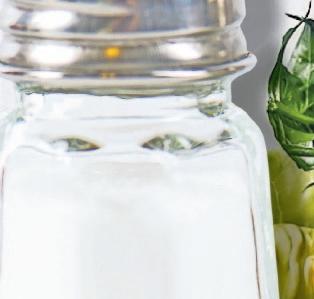
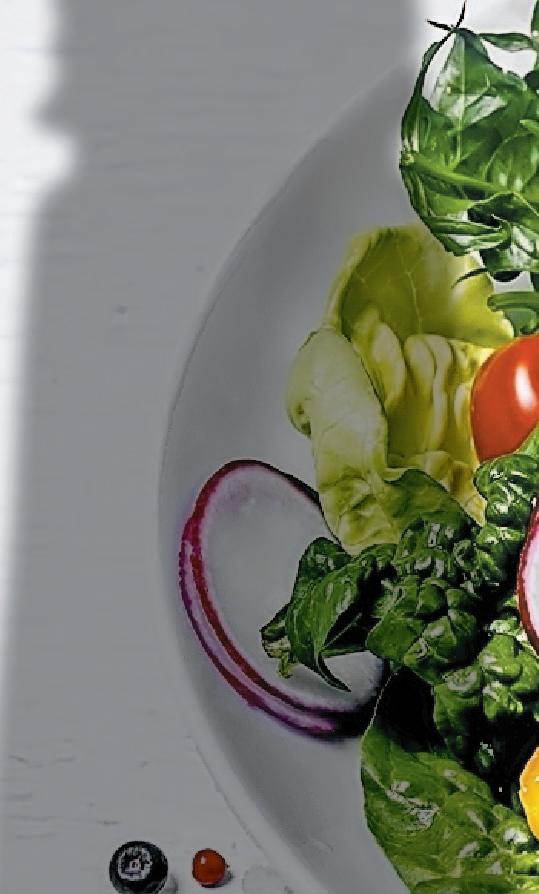
There can be wide variation in sodium content for a single type of food, such as bread or tomato sauce, says Dr. Havas. Finally, limit salty snacks and consider adding fresh lemon juice instead of salt to fish and vegetables.
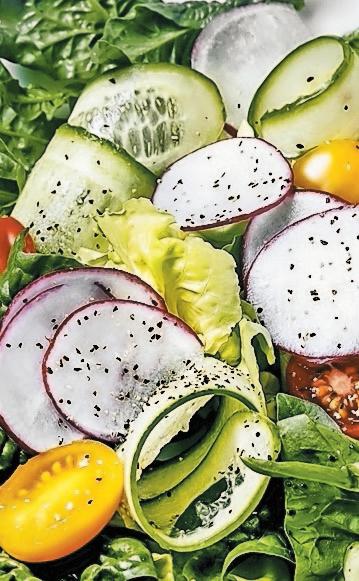
Women should not take heart health for granted
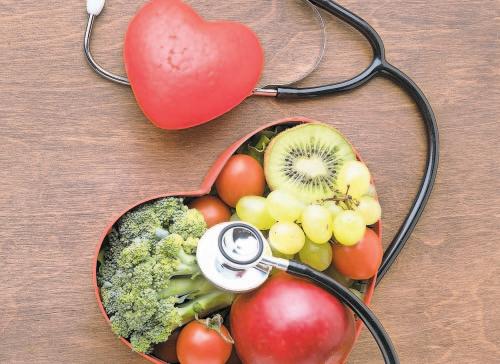
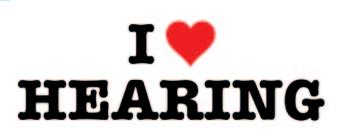
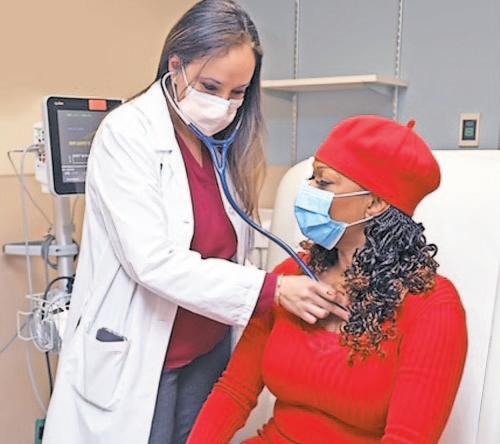
Beverly Gilchrist-Hobson, 55, of Freeport, was “feeling fatigued and short of breath.” Although concerned, the high-energy, fitnessconscious advocate for crime victims chalked up her symptoms to a hectic lifestyle and job stress.
If Ms. Gilchrist-Hobson had been aware at the time, however, that recurrent fatigue and shortness of breath are two of the most common symptoms of heart failure in women, she would have scheduled an appointment to see her physician.
Instead, Ms. Gilchrist-Hobson found herself at Mount Sinai South Nassau’s Emergency Department, weakened and struggling to catch her breath. “I thought I had Covid-19 or an infection,” she recalled.
Her blood pressure was significantly elevated, a chest X-ray showed fluid in her lungs, and an electrocardiogram (EKG) detected weakness in her heart’s electrical system. Cardiologist Sherry Megalla, MD, was consulted, ordered medication to lower her blood pressure, and admitted her to the hospital for testing, including a CT scan of her brain and lungs, an angiogram, and an echocardiogram (a test that measures blood flow in the heart). Ms. Gilchrist-Hobson was diagnosed with heart failure.
Dr. Megalla prescribed a low-sodium diet, ongoing blood pressure testing, and the 12-week cardiac rehabilitation program provided by Mount
Sinai South Nassau Cardiac Rehabilitation in Oceanside, which is certified by the American Association of Cardiovascular and Pulmonary Rehabilitation.
Ms. Gilchrist-Hobson’s symptoms were similar to what men with heart failure experience. However, women often have more subtle symptoms for heart attack – not the chest pain commonly seen in men. According to the American Heart Association (AHA), cardiovascular disease is the No. 1 killer of women, causing one in every three deaths each year.
Ultimately, Dr. Megalla diagnosed hypertension as the cause of Ms. Gilchrist-Hobson’s heart failure. Fully recovered, Ms. Gilchrist-Hobson has learned that “you cannot take health for granted,” and she urges other women to “get checked out by a cardiologist.” “I didn’t realize the importance of heart function. … I thought, I’m relatively youthful, I didn’t have chest pains, so I downplayed it,” she said. “Now, I understand that having my heart checked is as important as my annual mammogram and PAP smear.”
In addition to Dr. Megalla, Mount Sinai South Nassau provides patients access to a network of board certified cardiologists and cardiac surgeons who use the latest advancements in cardiac care to treat the range of cardiovascular conditions, from coronary artery disease to atrial fibrillation. If
HEALTH MEMO
It matters how you live
Bay Vista Assisted Living is a licensed 40-bed residence program located in Long Beach. The skilled, caring team strives to make every day engaging, and purposeful for our residents. Bay Vista provides a wide spectrum of care, including independent living, assisted living, and memory care. The communities are licensed for the highest level throughout the building, which means couples with different care needs can stay together. And as your needs change, Bay Vista can change with you, offering the right level of care for where you are right now. The experienced management team and specially trained staff are here to provide just the right balance of long-term care and support to suit any lifestyle.
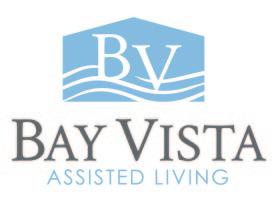
When transitioning into a residential assisted living community, it can be challenging to find a sense of belonging in a new environment. Being surrounded by new faces and new feelings can be overwhelming and somewhat uncomfortable for residents. Making the unfamiliar, familiar is not an uncommon experience to go through when it comes to moving into an assisted living facility.
Everyone at Bay Vista Assisted Living recognizes this feeling many of the residents come to terms with. In an effort to make them feel as at home as possible, the staff strives to make this premier facility welcoming and comforting through activities and the care they provide. We believe that care doesn’t stop at just physical services, but also through community building and connections. At every turn, you’ll find luxurious surroundings, a meticulous attention to detail and uniquely personal services.
Whether you’re searching for senior living or award-winning memory care in Long Island, the staff invites you to visit this beautiful facility. Once here, you’ll discover the abundance of amenities, including an array of elegantly designed common areas for gatherings, an on-site fitness center and dining that is second to none.
more advanced treatment is needed—such as a heart transplant—Mount Sinai South Nassau patients can be seamlessly treated at The Mount Sinai Hospital in Manhattan.
The hospital’s cardiology suite features three state-of-the-art digital cardiac catheterization laboratories and an electrophysiology laboratory, and is equipped with the latest advancements in digital cardiovascular and interventional imaging systems to perform coronary stenting, vascular, and interventional procedures and ablations and to implant pacemakers and defibrillators.

Mount Sinai South Nassau is ranked “High
We all know exercising is good for the body. But did you know you might also get a brain boost when you don your sneakers and hit the gym? The benefits of physical exercise, especially aerobic exercise, have positive effects on brain function on multiple fronts, ranging from the molecular to behavioral level. According to a study done by the Department of Exercise Science at the University of Georgia, even briefly exercising for 20 minutes facilitates information processing and memory functions.
Exercise affects the brain on multiple fronts. It increases heart rate, which pumps more oxygen to the brain. It also aids the bodily release of a plethora of hormones, all of which participate in aiding and providing a nourishing environment for the growth of brain cells.
Exercise stimulates the brain plasticity by stimulating growth of new connections between cells in a wide array of important cortical areas of the brain. Recent research from UCLA demonstrated that exercise increased growth factors in the brain — making it easier for the brain to grow new neuronal connections.
Choosing The Right Physical Exercise
In general, anything that is good for your heart is great for your brain.
√ Aerobic exercise is great for body and brain: not only does it improve brain function, but it also acts as a “first aid kit” on damaged brain cells.
√ Exercising in the morning before going to work not only spikes brain activity and prepares you for
Performing” in heart failure and heart attack by U.S.News &World Report, is the recipient of the Healthgrades 2023 Coronary Intervention Excellence Award, and was named among the top 10 percent in the nation for Coronary Interventional Procedures in 2023 by Healthgrades. Designated a four-star achiever by the American College of Cardiology, the hospital has also been awarded the American Heart Association Get with The Guidelines®–Heart Failure GOLD-PLUS Quality Achievement Award with Target: Heart Failure and Type II Diabetes Honor Roll designation.
Mount Sinai South Nassau is the only Long Island location of the internationally acclaimed Mount Sinai Heart and is the “Life is Why” hospital sponsor of the American Heart Association on Long Island.
If you, a loved one or a friend need potentially life-saving cardiac care, look no further than Mount Sinai South Nassau in Oceanside. For more information or to schedule an appointment, call 1-877-SOUTH-NASSAU.
mental stresses for the rest of the day, but also produces increases retention of new information, and better reaction to complex situations.
√ When looking to change up your workout, look for an activity that incorporates coordination along with cardiovascular exercise, such as a dance class.
√ If you like crunching time at the gym alone, opt for circuit workouts, which both quickly spike your heart rate, but also constantly redirect your attention.
√ Hitting a wall or mentally exhausted? Try rebooting with a few jumping jacks for your brain improvement exercises.
HEALTH MEMO (516) 788-7830 ilovehearing.com
Move, move, move
trengthening your heart is one of the best things you can do for your health. And as you know, the best way to strengthen your heart is to exercise. In fact, if you don’t exercise you’re more than twice as likely to get heart disease as someone who does. If you have a history of heart disease, or just worry about your heart health, you need to develop a regular exercise routine. Experts recommend you spend at least 150 minutes doing moderate exercise per week.
But is all exercise created equal? According to cardiologists and physiologists, here are the best exercises to strengthen your heart.
Walking
Yes, it might seem a little too easy. But walking, especially speed walking, is a great way to strengthen your heart. Walking fast will get your heart rate up and is easier on your joints than other types of exercise. You can walk anywhere at any time. All you need is a pair of supportive shoes. Do a short walk during your lunch break or a longer walk on the weekend. You can listen to music, a podcast, or walk with a friend. The flexibility of walking makes it easy for anyone to do — and to keep doing it.
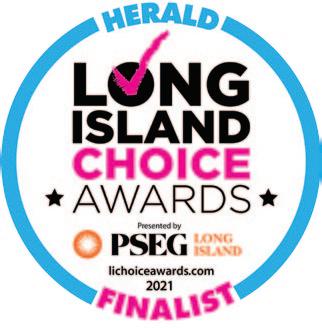
Weight Training
Building the other muscles in your body will help your heart. Weight training will help you build muscle mass and burn fat. Although you
can hit the gym to train with weights, some of the most effective weight training happens when you use your own body weight. Things like push-ups, squats, or even pull-ups all help you build muscle and contribute to bone and heart health.
Swimming
Swimming isn’t just for lazy summer afternoons. Taking a water aerobics class or swimming laps can be a full-body workout that will strengthen not only your body, but your heart. Unlike other types of exercise, swimming is easy on your joints and allows you to move your body without a lot of pain.

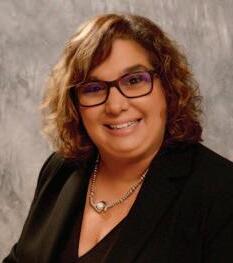
Yoga
Although it might not seem like it, yoga is great for your heart health. Doing yoga will help you strengthen and tone your muscles. Certain types of yoga can really get your heart rate up, while still providing the calm that will lower your blood pressure.
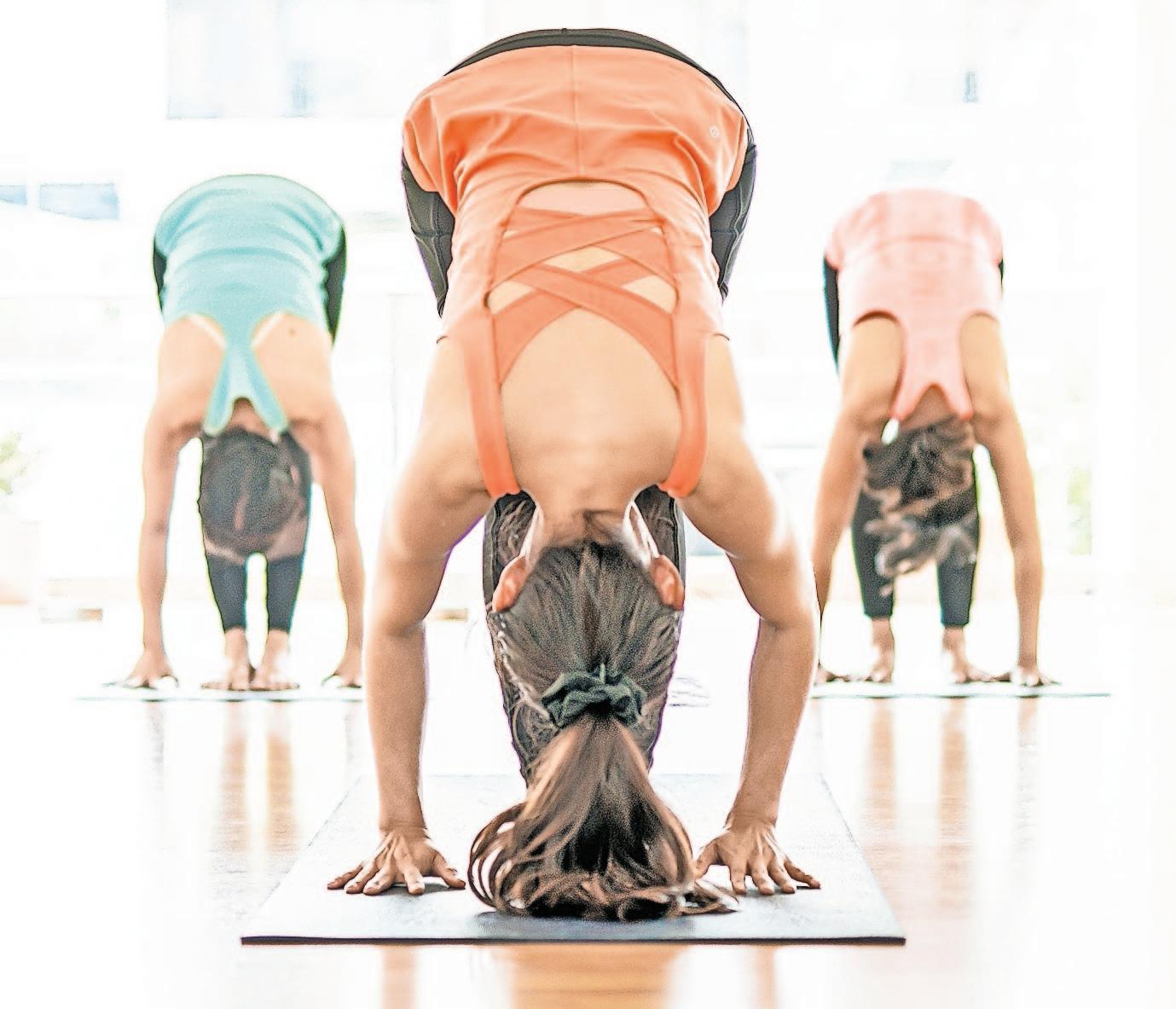
Interval Training
Interval training — which alternates between short bursts of high-intensity exercise with longer periods of active recovery — is a great way to get a full-sized workout in a short amount of time. For example, you can do it by running for one minute and walking for three minutes, then repeating the cycle. Raising and
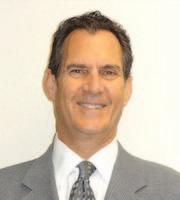
lowering of your heart rate helps to burn calories and improves the function of your blood vessels.
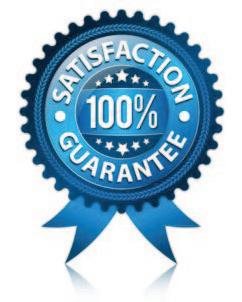



Cycling
Jumping on your bike can do more than just get you from one place to another. Cycling has been shown to help reduce the risk of heart disease. It uses your large muscles in your legs,
which helps to elevate your heart rate. Bonus: Cycling has even been shown to improve your mental health.


Photo Whether you choose to hit a yoga class three times a week, go walking with a friend, or swim every morning, regular exercise is essential to taking care of your heart.

Compassionate care that enriches lives

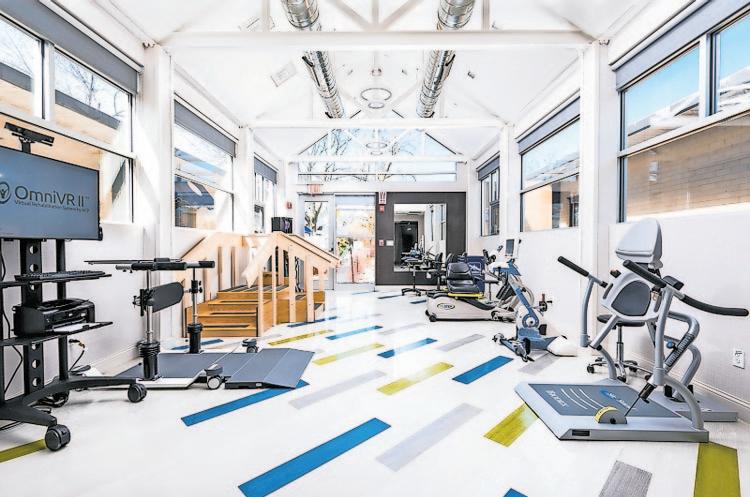



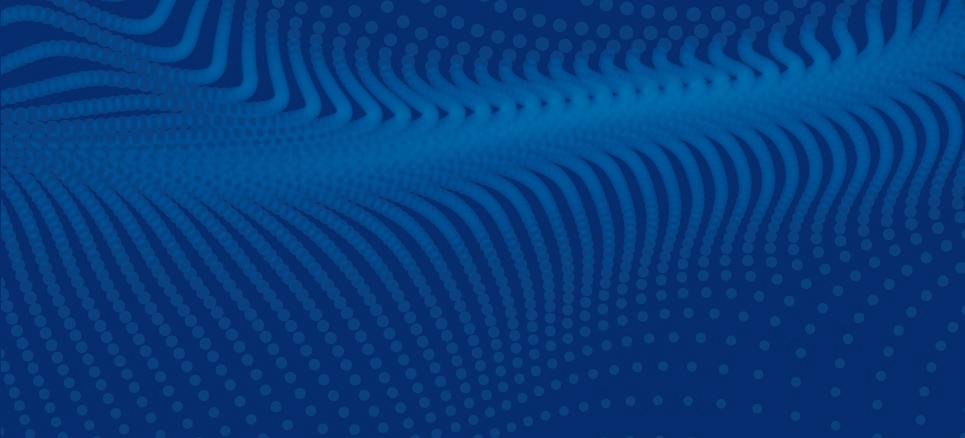
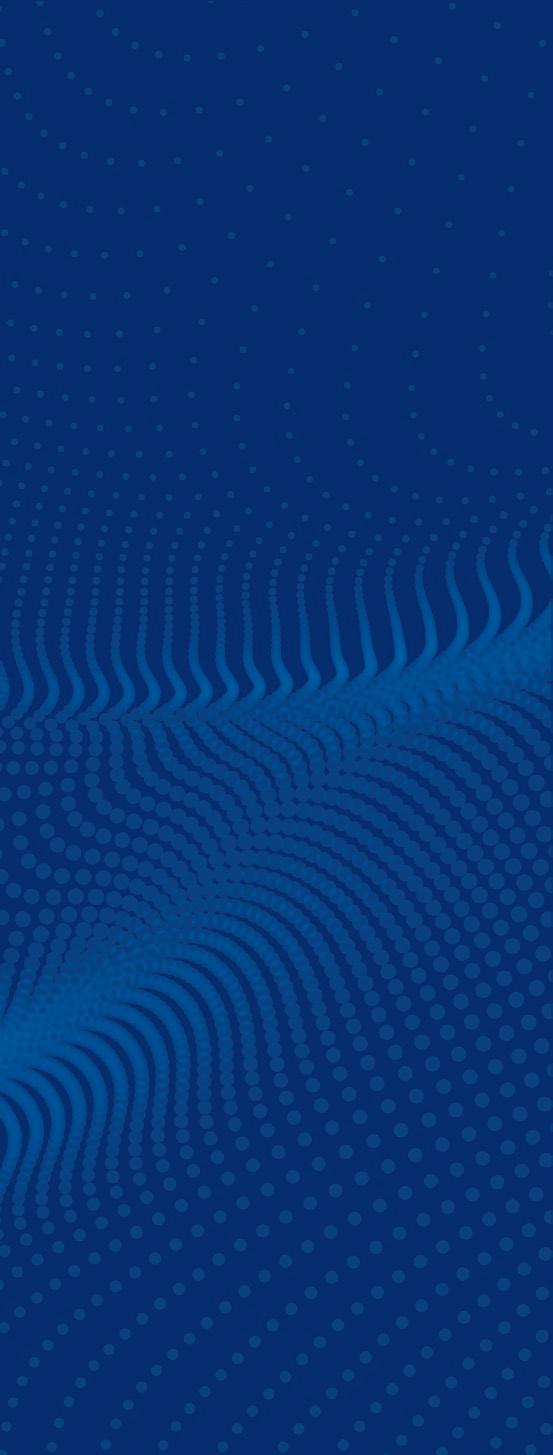

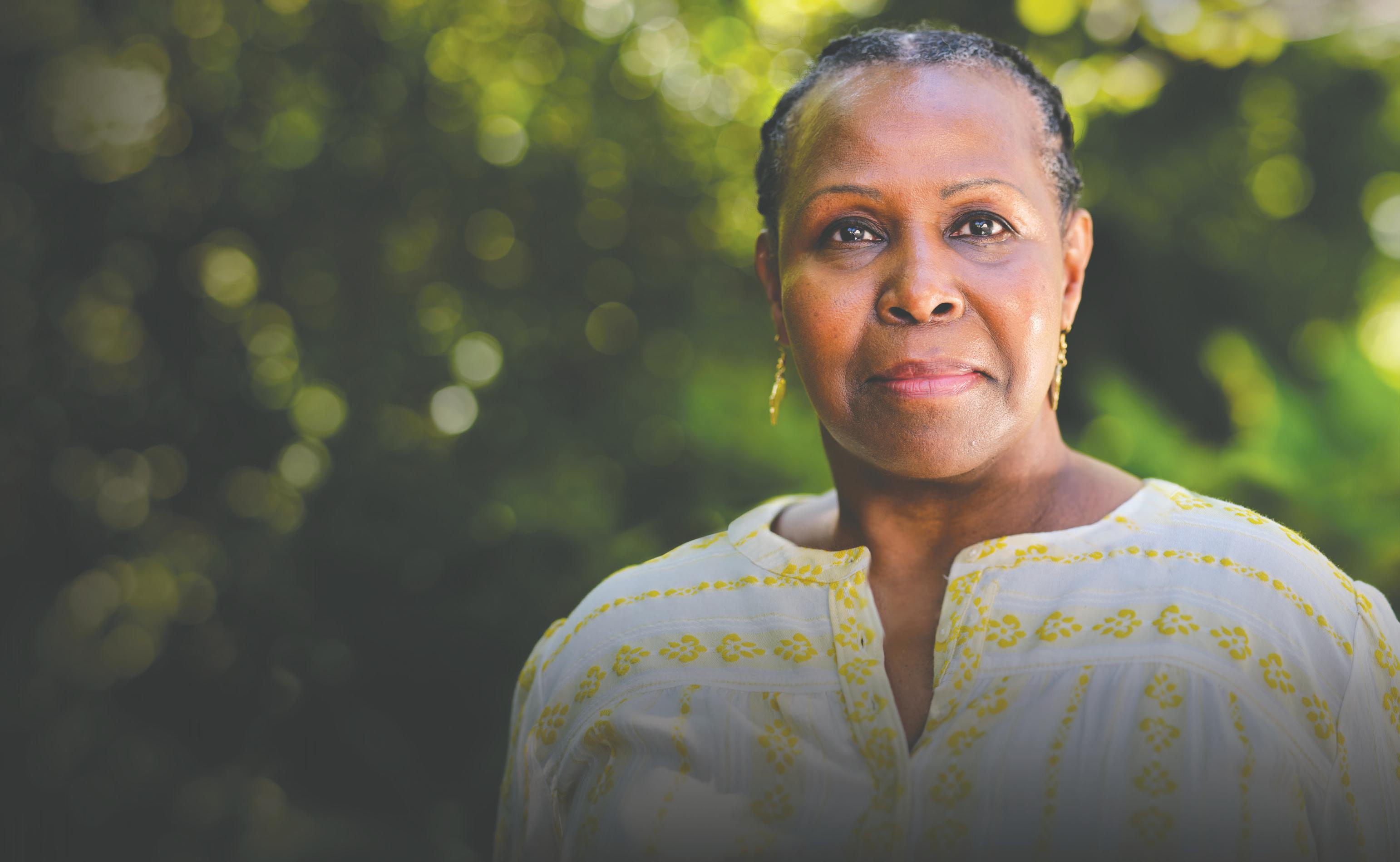
The only skilled nursing facility in Oceanside, Oceanside Care Center is a 100-bed rehabilitation and nursing center that has been a part of the community’s fabric for more than 50 years. Their unique approach allows them to provide patientcentered care in a way that no other facility can. OCC specializes in an array of different services, from short-term rehab to longterm care.
Oceanside Care Center provides unrivaled residentcentered care. Under the guidance of the highly skilled, professional staff, the team customizes a care plan matched to specific needs and abilities. The nursing team consists of registered nurses, licensed practical nurses and certified nursing assistants who are driven to build warm and compassionate bonds with residents. The unique and intimately sized facility attracts many residents who enjoy a meaningful relationship forged between devoted staff members, residents and their families. Many staff members have worked at Oceanside Care Center for over 25 years and take great pride in the compassionate care they provide every single day. With private and semi-private rooms, OCC offers many comforts that create a homelike atmosphere, including complimentary flat screen TVs in every
room and three home cooked meals a day. Residents enjoy numerous activities and events that take place daily, and the kind and caring staff make it feel as if they never left home. The comfortable setting allows residents to focus on regaining their strength and independence while empowering them to enjoy fruitful lives with their families and friends.
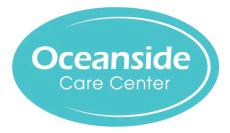
Keep your ticker ticking





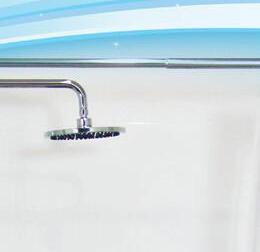



Focus on being heart smart
There are some things you just can’t live without and your heart is one of them. Taking small steps to improve your heart health each day can result in big payoffs for your overall vitality.
Some people manage to overhaul their exercise pattern, diet, and unhealthy habits with ease. The rest of us try to make changes, but don’t always succeed. Instead of undertaking a huge makeover, you might be able to improve your heart’s health with a series of small changes. Once you get going, you may find that change isn’t so hard. This approach may take longer, but it could also motivate you to make some big changes.
Start simple on the road to better health. These steps can help you reduce your risk for heart disease.
Stop the stress
It’s often easier said than done, but making a conscious effort to stress less can do wonders for your heart. Prolonged stress can increase blood pressure, which can damage artery walls, and also lead to a higher occurrence of self-medicating behaviors like smoking and drinking alcohol. Try meditation, taking a yoga class, going on a leisurely walk, or enjoying a long, relaxing bath to help keep your stress level in check for better heart health.
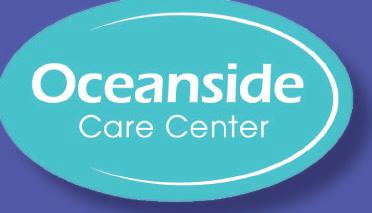
Commit to cardio
You’ve heard it before, but it’s true that regular exercise can help thwart heart disease. The American Heart Association recommends at least 150 minutes of moderate exercise per week or 75 minutes of vigorous exercise per week. When your busy schedule gets in the way, try working other simple cardio activities into your daily routine.
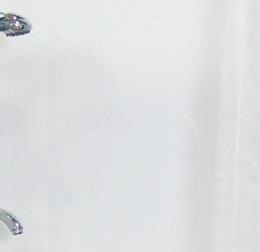
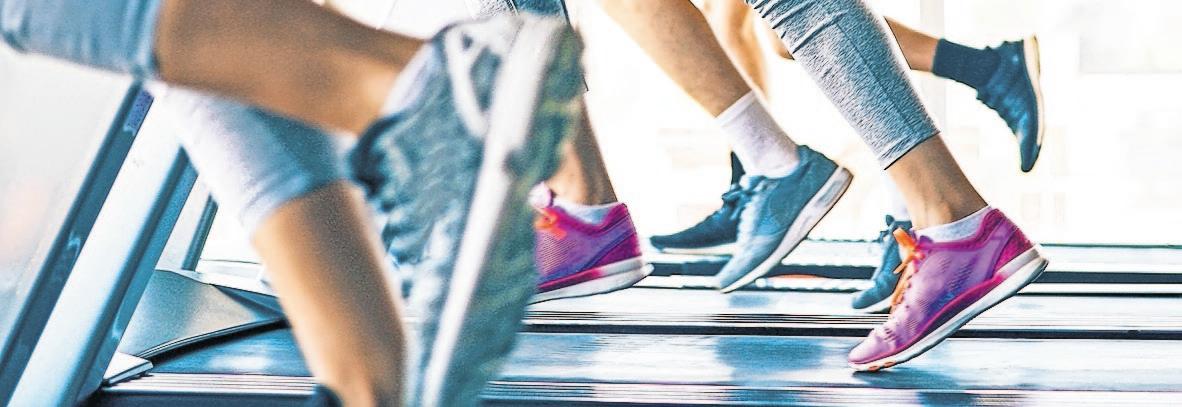
Take the stairs instead of the elevator or park in a distant parking spot at work so you have to walk farther to the building. These little bits of exercise throughout the day can add up and help build a healthy heart!
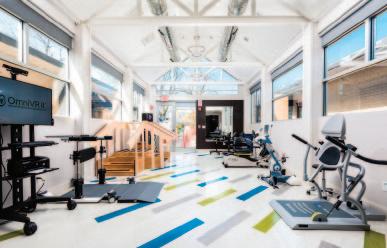

Halt the salt


Salt is a major contributor when it comes to high blood pressure, heart disease, and stroke. According to the Centers for Disease Control and Prevention, an astonishing 90 percent of Americans eat too much sodium, with the average person consuming more than 3,000 mg of sodium per day.
Be mindful of your daily sodium intake, and aim to keep the amount below 1,500 mg per day. Pay close attention to food labels, and steer clear of processed foods, bread, cold cuts, cured meats just to name a few top sources of sodium as much as possible.

Shelve the sugar


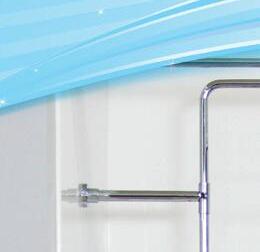
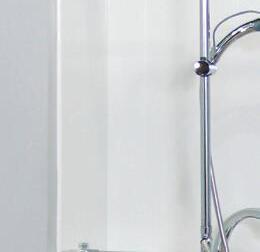
Like salt, sugar consumption is another major risk factor when it comes to endangering



heart health. Eating too much sugar can lead to weight gain and also diabetes, which both increase the chances of developing heart disease. Shop for foods with labels indicating there is no added sugar, and choose unsweetened items whenever possible.
Be sure to avoid those tempting sugarpacked beverages sodas, sports drinks, energy drinks, and even flavored water. When your sweet tooth gets the best of you, consider a healthy serving of fruit, such as blueberries or raspberries, which have lower sugar content compared to other fruits.
Know your numbers and family history
Schedule routine check-ups with your doctor to measure your blood pressure, cholesterol and glucose levels, so that together, you can evaluate your current health profile and make adjustments as needed. Knowing your numbers can help you make lifestyle modifications.
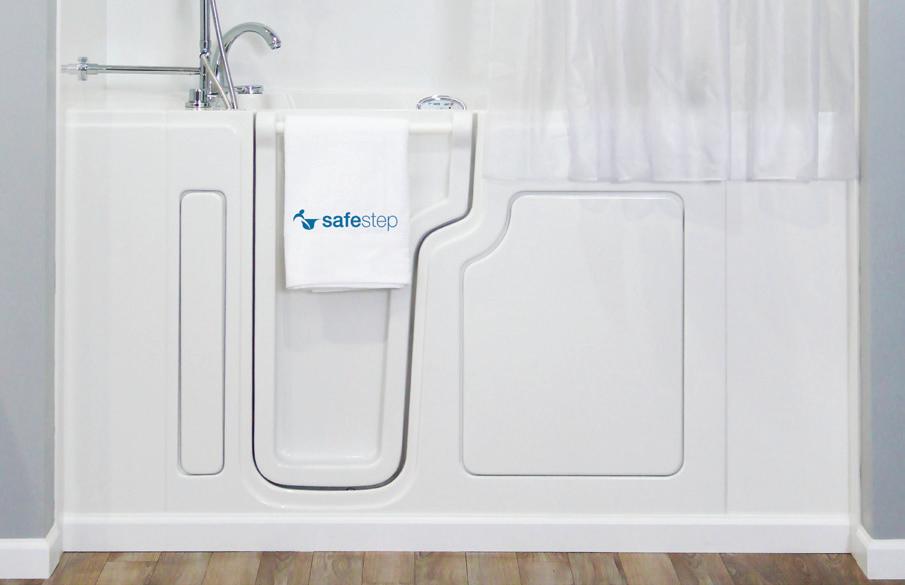
And if you haven’t done so already, learn you family health history. Understand the conditions and diseases within your family and in partnership with your doctor, use this knowledge to proactively manage your wellbeing and your heart health.
Learn heart attack and stroke danger signs


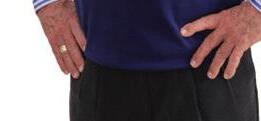
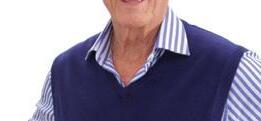

Heart attack and stroke are serious, lifethreatening emergencies. It’s important to learn the signs, and if necessary, act without delay. More recently, there has been a focus on increasing awareness about how women may exhibit different heart attack symptoms than men. Similar to men, the most common heart attack symptom among women is some type of pain, pressure or discomfort in the chest.
Some symptoms are more likely to be experienced by women than men, including shortness of breath; back or jaw pain; and nausea or vomiting. The good news? There are now tests available that may help more accurately diagnose heart attacks among women – especially compared to standard blood tests.





Be social










Carve out a couple of hours to get together with friends regularly and your body and mind will thank you. People with many social ties tend to have lower blood pressure, they’re less likely to smoke and they’re more likely to be physically active.
You only have one heart, so taking care of it must be a top priority.
Photo: What does it take to have a healthy heart? A lot depends on you, and your risk factors. If you imagine that healthy living means a bland diet and hours at the gym, you might be surprised to learn how simple, everyday choices can make a big difference.
Award-winning heart care, right here in Oceanside.
For care and treatment of the heart, including your valves and blood vessels, Mount Sinai Heart at Mount Sinai South Nassau o ers leading-edge diagnostics and treatment close to home. Mount Sinai South Nassau is proud to be rated high performing by U.S. News & World Report for care in heart attack and heart failure.
We have also been recognized by Healthgrades with their Coronary Intervention Excellence Award and they have named Mount Sinai South Nassau among the Top 10% in the nation for Coronary Interventional Procedures in 2023.
Learn more at southnassau.org/cardiology One Healthy Way
